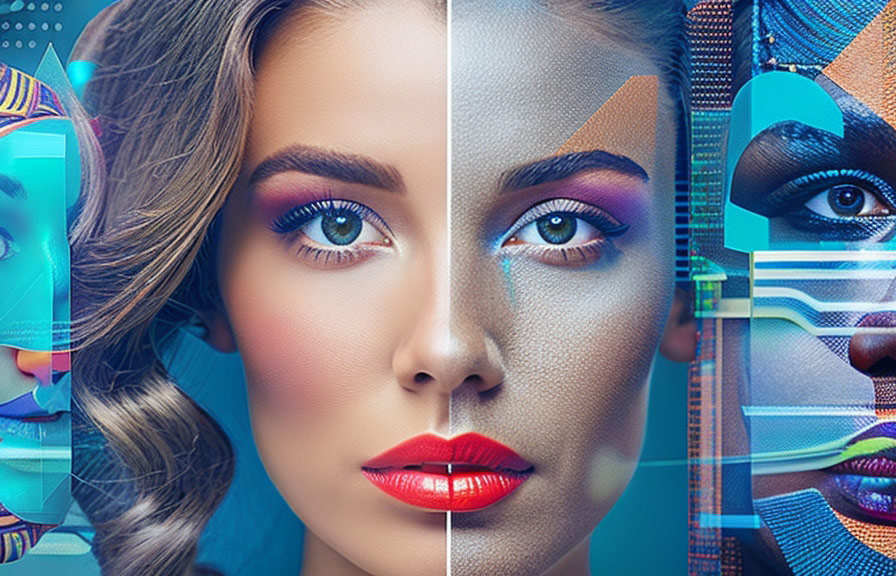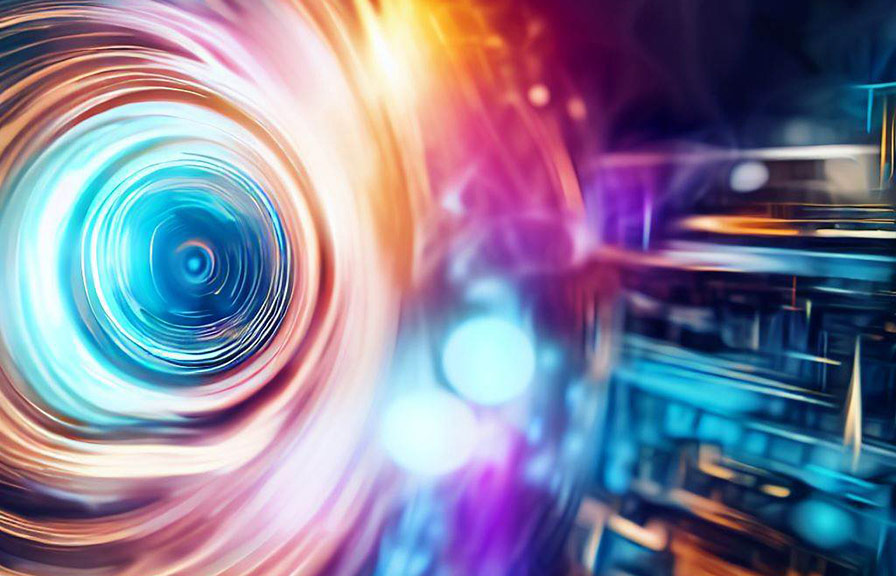In the age of social media and digital photography, we have witnessed significant advancements in ai-based photo editing tools. these powerful tools can transform ordinary images into stunning visual masterpieces. however, this rapid evolution raises ethical questions around the authenticity of photos and the potential manipulation of digital images.
Did you know that ai-powered photo editing software can now generate virtual models that look almost indistinguishable from real people? this level of realism sparks a crucial conversation about the implications of these technologies and the balance between enhancement and authenticity.

The power of ai in photo editing
Ai has revolutionized the field of photo editing, offering capabilities that were once exclusive to professional photographers and graphic designers. these tools can automatically enhance photos by adjusting lighting, color balance, and even removing unwanted objects or blemishes from the image.
With just a few clicks, users can create captivating images that captivate audiences and tell compelling stories. however, this convenience comes at a cost: the potential loss of authenticity in the images we share and consume.
The ethical dilemma: enhancement vs. authenticity
Enhancing photos can undoubtedly make them more visually appealing; however, it also raises questions about the limits of artistic expression and the ethical considerations of manipulating reality. when does photo editing cross the line from simple enhancement to outright deception?
This dilemma is further complicated by the fact that ai algorithms can now generate images that are almost indistinguishable from real-life photographs.
Some argue that photo editing is just another form of artistic expression and should not be constrained by ethical boundaries. they believe that ai-generated images can be a valuable tool for creating unique and imaginative visual content.
However, others argue that the manipulation of images can have serious consequences, especially when considering issues such as body image, self-esteem, and the spread of misinformation.
Striking the right balance: ethical guidelines for ai photo editing
To address these concerns and promote responsible use of ai photo editing tools, it is essential to establish ethical guidelines that help maintain authenticity while still allowing for creative expression. these guidelines may include the following:
1. Transparency: clearly disclose when an image has been edited or manipulated using ai technology. this transparency allows viewers to understand the context of the image and make informed decisions about its authenticity.
2. Respect for privacy: avoid using ai photo editing tools in a way that infringes on the privacy rights of individuals. this includes not using these tools to create or distribute deepfake content or for other malicious purposes.
3. Accuracy and truthfulness: ensure that the use of ai photo editing tools does not lead to the spreading of misinformation or false narratives. this is particularly important for news organizations and other media outlets that have a responsibility to provide accurate and truthful information.
4. Ethical use of ai-generated content: when using ai-generated images in a project or campaign, consider the ethical implications of this content. this includes being mindful of potential biases in ai algorithms and avoiding the use of ai-generated content that promotes harmful stereotypes or perpetuates misinformation.
5. Promoting authenticity: encourage the use of authentic images that represent real people, places, and events. this can help counter the trend of over-edited and manipulated images and promote a more honest and genuine visual culture.
The future of ethics in ai photo editing
As ai technologies continue to advance, the ethical considerations surrounding photo editing will only become more complex. it is crucial for society, businesses, and individuals to engage in open dialogue about the responsible use of these tools and the role they play in shaping our perceptions of the world around
Us.
By establishing ethical guidelines and promoting transparency, we can strike a balance between creative expression and authenticity in ai photo editing. this balance will help ensure that the images we create and consume are not only visually stunning but also truthful and genuine representations of our shared reality.
Conclusion
Ai photo editing tools have the power to enhance images and create captivating visual content, but they also have the potential to blur the lines between reality and fiction. by fostering a culture of ethical use and awareness, we can harness the power of ai photo editing while preserving
The authenticity of the images we share and consume. as technology continues to evolve, it is up to us to determine how we use it responsibly and ethically.
